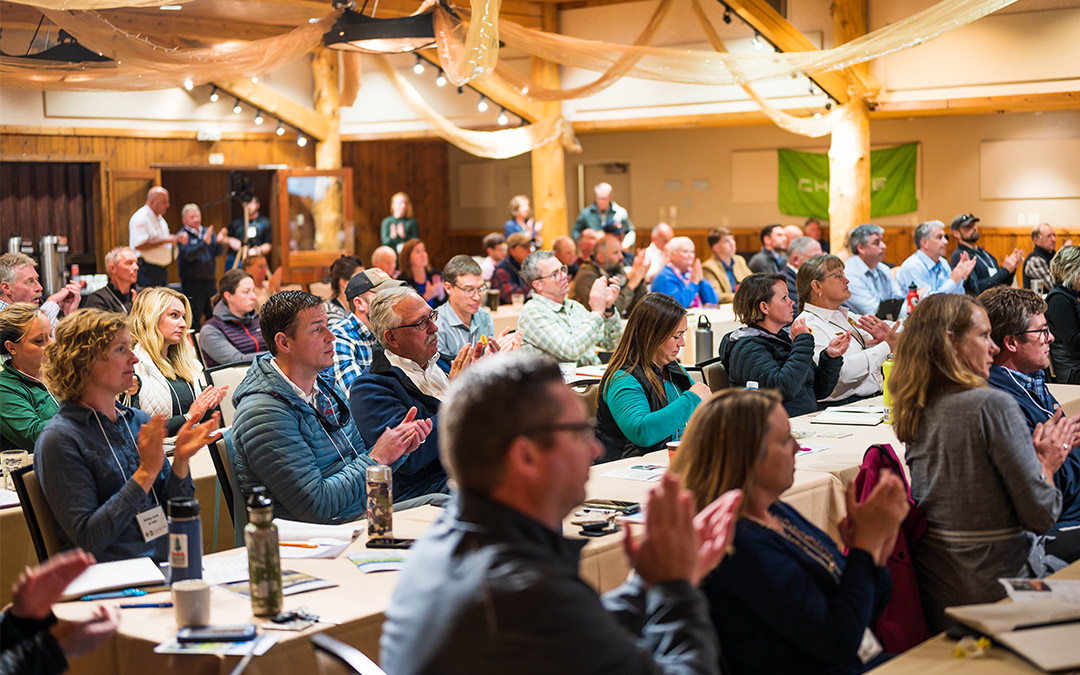The Summit featured Dr. Jack Cohen, retired U.S. Forest Service researcher. Dr. Cohen’s research provides compelling confirmation that local home characteristics play a significant role in reducing wildfire risk. Therefore, building homes for wildfire-resistance is a key, but often overlooked mitigation strategy.
Daniel Gorham, a Research Engineer with the Insurance Institute for Business & Home Safety (IBHS), presented a series of videos demonstrating how the roof, decking, siding, and near-home landscaping are the most vulnerable components of a home to wildfire.
A recent study by Headwaters Economics and IBHS found that in Montana, these components can be built with wildfire-resistant materials for relatively similar costs as typical building materials. This IBHS video demonstration shows how a traditionally-constructed home ignites after exposure to embers, while the neighboring wildfire-resistant home is unharmed.
Creating wildfire-resistant homes, and in turn fire-adapted communities, requires us to reach outside our usual circles of influence and work with partners across the table. The wildland-urban interface problem is not going away, and we have the science and research to build better and safer homes.
